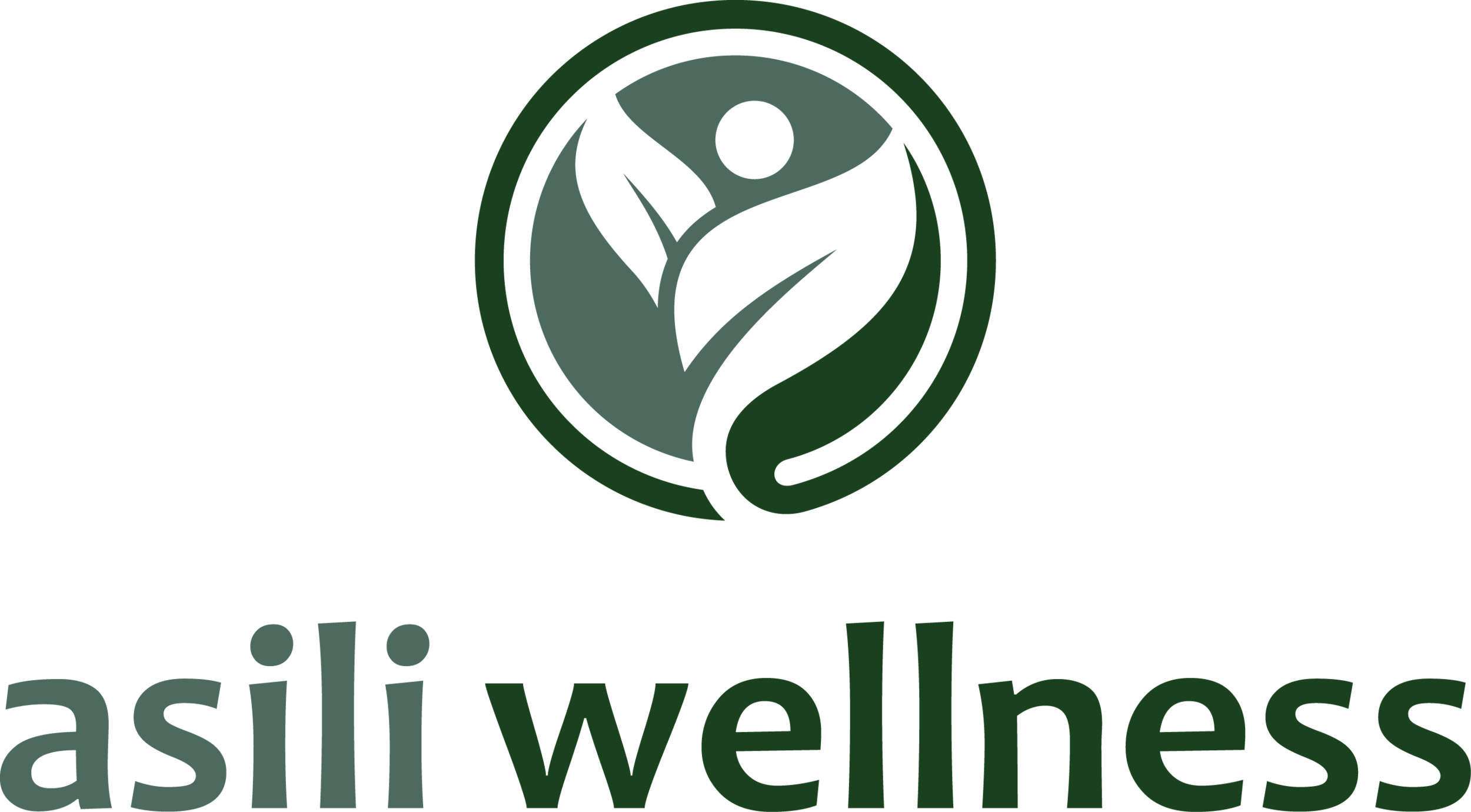Assertive Communication: What It Is and How to Make It Work for You
Assertive communication is about being straightforward, honest, and open while also respecting the feelings and opinions of others. It's a beautiful way to express yourself confidently while valuing those around you. In this post, we'll examine assertive communication, why it's important, how to develop it, and how it can be helpful in different situations—from your workplace to your personal life. Let's explore this empowering communication style together!
What is Assertive Communication?
Communication is essential for any relationship, whether with a partner, friend, or family member. Assertive communication stands out as a clear and respectful way to connect, helping to build solid and healthy relationships while minimizing conflict.
One key element of assertive communication is using "I" statements. Instead of saying, "You never listen to me!" Try rephrasing it: "I feel like my needs aren't heard." This small change helps you take ownership of your feelings rather than blame others.
Positively expressing your feelings and needs makes things more straightforward. Instead of saying, "I need you to stop yelling at me!" You might say, "I feel scared when you raise your voice, and it would mean a lot to me if we could talk calmly." This way, you share your needs respectfully, opening the door for understanding.
While it may seem challenging to develop assertive communication skills—especially if you're more used to being passive or aggressive—don't worry! With some practice, you'll see significant improvements that can benefit your relationships significantly.
The Different Ways We Communicate
There are four primary styles of communication:
(1) Passive Communication
This style involves not clearly expressing your needs or wants. You might avoid direct eye contact or use vague language (like "maybe" or "I'm not sure"), which can leave others guessing about your thoughts. This can lead to misunderstandings and overlooked opinions.
(2) Aggressive Communication
Conversely, aggressive communication forcefully promotes one's needs or wants, often with a touch of hostility. It might involve interrupting, domineering conversations, threatening language, or invading personal space. This style can create tension and drive people away.
(3) Assertive Communication
It is the gold standard! Assertive communication effectively balances clarity and respect, allowing you to express your needs without resorting to passivity or aggression. People who communicate assertively maintain good eye contact, use "I" statements, and exude confidence. This style honors both your voice and the boundaries of others.
(4) Passive-Aggressive Communication
This style mixes the passive and aggressive approaches, subtly expressing your feelings through indirect remarks. Rather than directly voicing your disappointment, you might use sarcasm or backhanded compliments. It often leads to misunderstandings, so it is best to avoid this style.
Six Tips for Boosting Your Assertive Communication Skills
Improving your assertive communication skills starts with recognizing that assertiveness means being confident and self-assured without exhibiting aggression. It's about expressing what you need while still respecting others.
Here are some tips to help you sharpen your assertive communication skills:
(1) Be clear about what you want to say
Please take a moment to consider your message and keep it focused. Simple communication can be more effective.
(2) Use "I" statements
Focusing on "I" statements rather than "you" helps foster empathy. For example, instead of, "You never let me finish my thoughts," try, "I feel overlooked when I can't share my ideas." This approach is kinder and helps reduce defensiveness.
(3) Avoid making assumptions
Before concluding, check in with the other person. It can help you understand their perspective and keep the conversation flowing.
(4) Be willing to compromise
Flexibility is vital in healthy relationships! Embrace other viewpoints and be open to finding solutions that work for everyone.
(5) Be aware of body language
Nonverbal cues play a significant role in communication. Make sure your body language is welcoming and open to enhance how your message is received.
(6) Speak in a calm voice
A respectful, calm tone can make a huge difference. Calmly speaking helps ensure you convey your message effectively and positively.
Remember, assertive communication is a fantastic tool for enriching relationships and resolving conflicts. You can harness your ability to express yourself clearly and confidently with practice and determination!
Final Thought
Assertive communication involves sharing thoughts and feelings while considering others' perspectives. It does not include being aggressive or overpowering—instead, it consists of finding that sweet spot where everyone feels heard and respected! Let’s practice assertive communication together!
At Asili Wellness, we offer holistic therapeutic services to enhance, nourish, and transform well-being.
We'd love to walk alongside you in creating your happiness and enhancing your ability to promote health, prevent disease, encourage self-care, and foster healing. Let's work together to fill your cup! Reach out today and schedule a complimentary consultation.
Explore Yoga + Talk Therapy
Shop Products
Join Thrive
thrive is a complimentary resource with fresh goodies each month intended to help you create a healthier lifestyle mentally, physically, and emotionally.
Call, email, follow, or shop today to start your journey!
Peace + Wellness, Dr. Nicole










